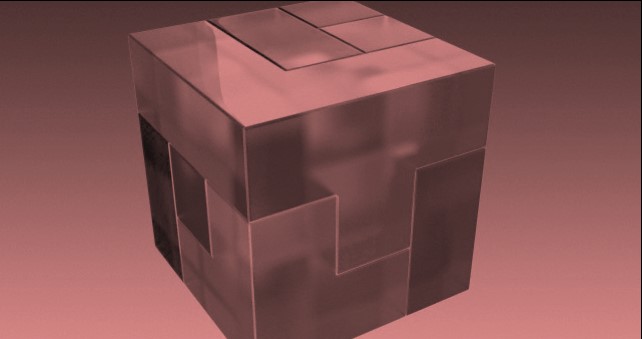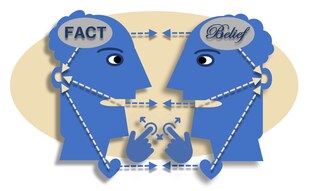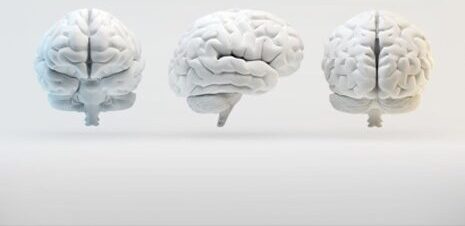Memory, Aging, and Cognitive Control Research Laboratory

To better understand the mind, our lab uses a variety of different techniques including experimental manipulations of behavior, neuropsychological tests, and neuroimaging including both structural and functional scanning.
We also use multivariate analyses techniques including Partial Least Squares, Support Vector Machine, and Barycentric Discriminant Analysis.

Memory and Aging
We aim to better understand the encoding and retrieval mechanisms of episodic memory, especially how people use decision processes to determine the accuracy of retrieved information and how these processes differ in old age.

The Entropic Brain
We also aim to discover new brain markers that might represent intact and healthy cognitive and brain functioning. Random, or entropic, fluctuations of brain activity might serve as such a marker.

The Exposome
The “exposome” is the sum of lifetime exposures to nongenetic drivers of health. We aim to understand how the exposome impacts brain health and cognition, focusing on the potential pathways of perceived stress, the gut microbiome, epigenetics, and structural determinants of health.

SEED AND SOIL MODEL OF NEUROCOGNITIVE DISORDERS

As comorbid health conditions accompany normal aging, the risk of neurocognitive disorders also increase. These health conditions may set the stage for a toxic brain environment that fosters pathologic processes like the accumulation of beta-amyloid or neurofibrillary tangles found in diseases like Alzheimer’s disease. Such ideas are well-known in cancer metastasis, where the beginning cancer cell acts as a seed and the microenvironment of a specific organ serves as the soil that promotes tumor-cell growth–known as the ‘seed and soil’ theory. In this analog, the soil (or microenvironment) is just as critical as the initial seed because without the right environment, the seed will not grow.
Logo created by Jordan Puskas-Sullivan.
MORE ABOUT THE SEED AND SOIL MODEL OF NEUROCOGNITIVE DISORDERS
Alabama Brain Study on Risk for Dementia



Neurocognition
We collected a battery of cognitive tests spanning episodic memory, processing speed, reasoning, and verbal ability.
Lifestyle
We collected a battery of survey questions covering basic demographics to dementia risk, health, and protective factors.
MRI
We collected T1 structural scans along with resting state scans and task-evoked episodic memory scans.
CLICK FOR MORE INFORMATION ABOUT ABSORD
Alzheimer’s Disease Signature Regions for Freesurfer v6.0
Cortical thickness in nine brain regions have been identified to reliably decrease with elevated beta-amyloid in cognitively-normal adults and further decline in Alzheimer’s disease. Semi-automated programs like Freesurfer calculate brain regions from specific atlases, but the these brain regions are much larger than the areas of the AD Signature Regions. To increase sensitivity to find associations with these regions, I have hand-traced these regions on the FSAverage template. Below, you can download Freesurfer parcellation and labels for the left and right hemispheres. These labels can be used to extract cortical thickness from Freesurfer-normalized brains or to backwarp the labels to individual subjects.

If publishing using analyses from these labels, please cite:
McDonough, I. M., Bischof, G. N., Kennedy, K. M., Rodrigue, K. M., Farrell, M. E., & Park, D. C. (2016). Fluid and crystallized discrepancy in healthy adults: The relationship with beta-amyloid and cortical thickness. Neurobiology of Aging, 46, 68-75.
Metamemory in Adulthood Revised Questionnaire
This 20-item revised version of the MIA assesses one’s memory concerns for both present ability and change in ability over time with two 10-item subscales.
McDonough, I. M., McDougall, G. J., LaRocca, M., Dalmida, S. G., & Arheart, K. L. (2020). Refining the metamemory in adulthood questionnaire: a 20-item version of change and capacity designed for research and clinical settings. Aging & Mental Health, 24(7), 1054-1063.

“The past gave us experience and made us wiser so that we can create a beautiful and brighter future.”
Debasish Mridha
Silaj, K. M., Schwartz, S. T., Castel, A. D., & McDonough, I. M. (2021). Is the Future Bright or Bleak? Assessing Past and Future Outlooks Across the Adult Lifespan. Gerontology and Geriatric Medicine, 7, 23337214211046080.